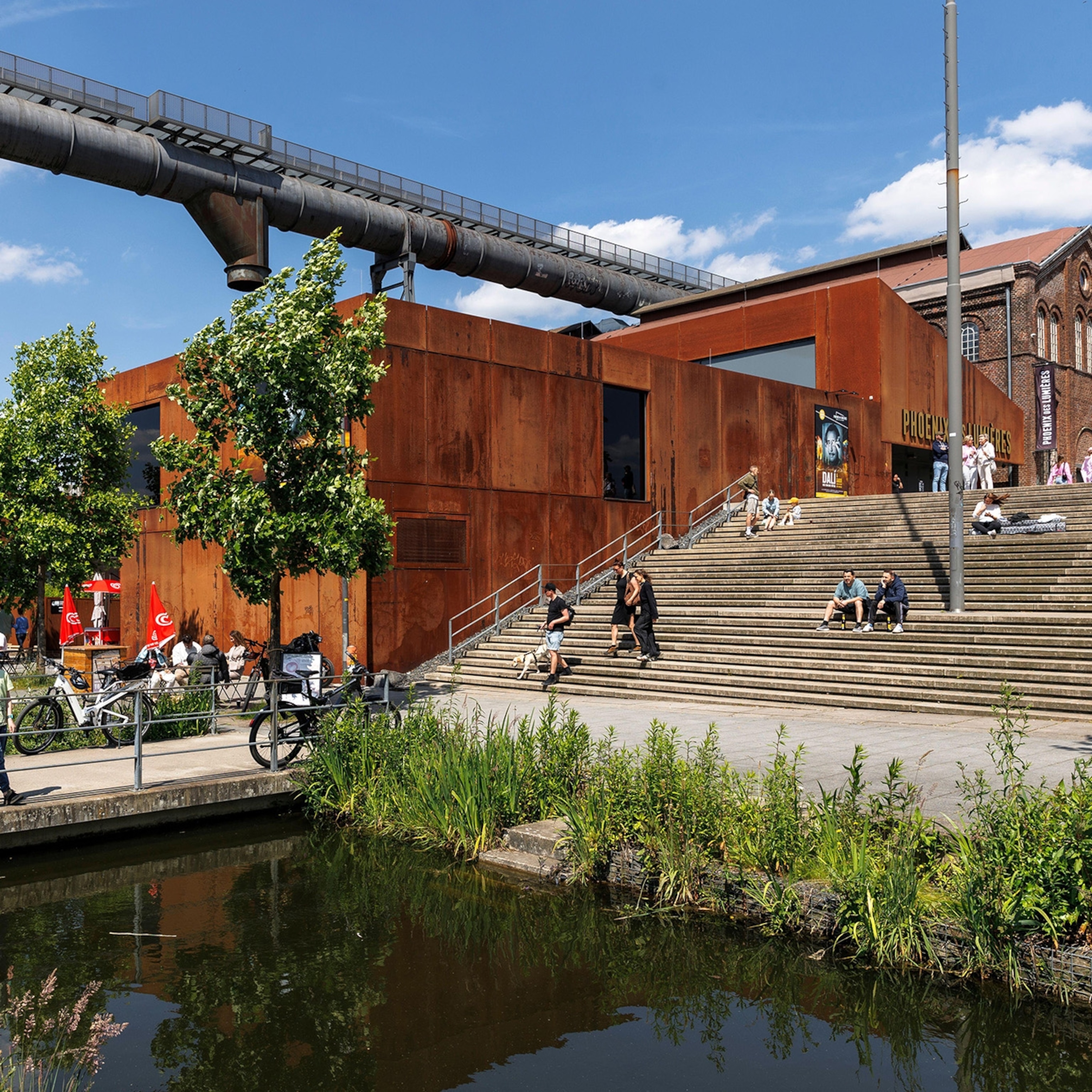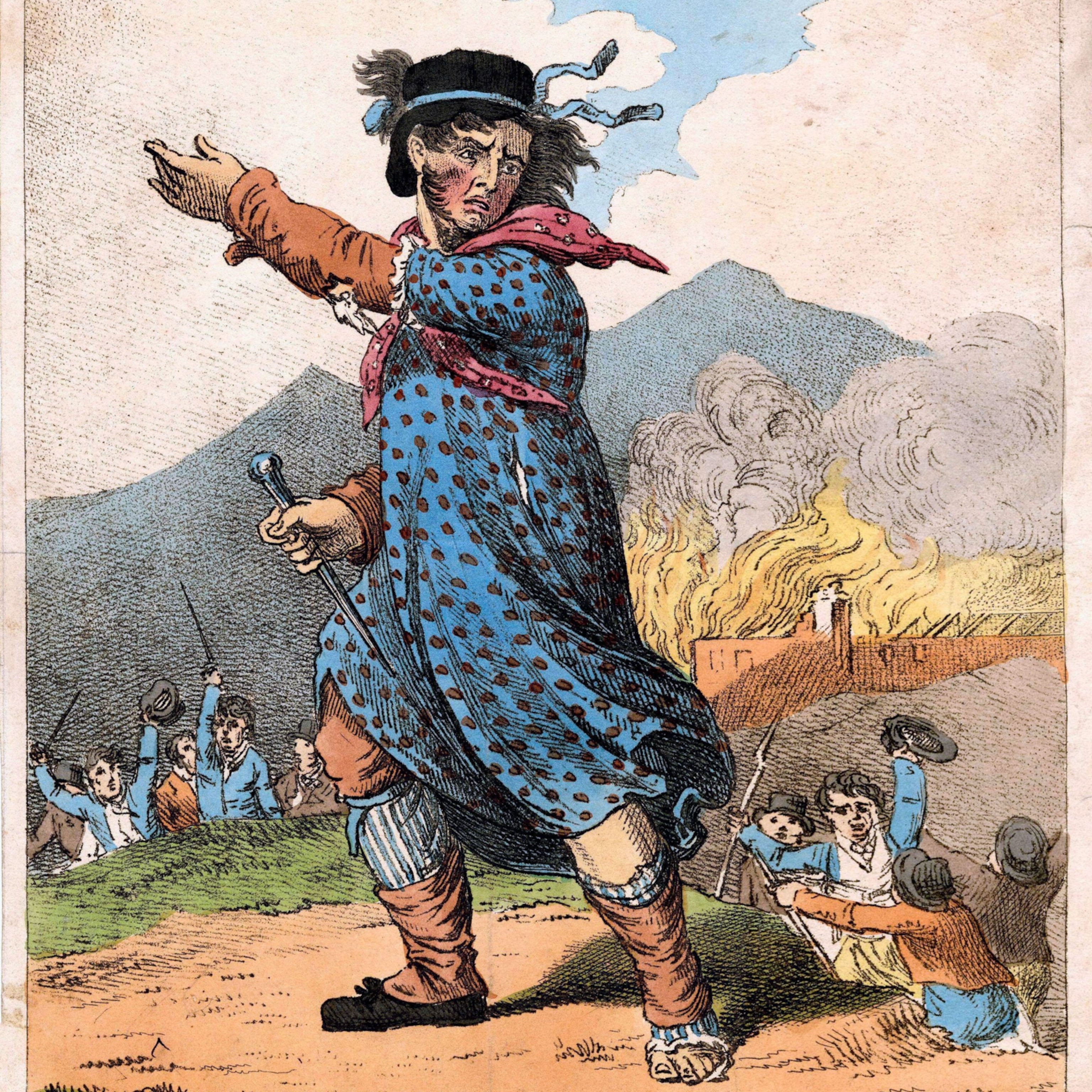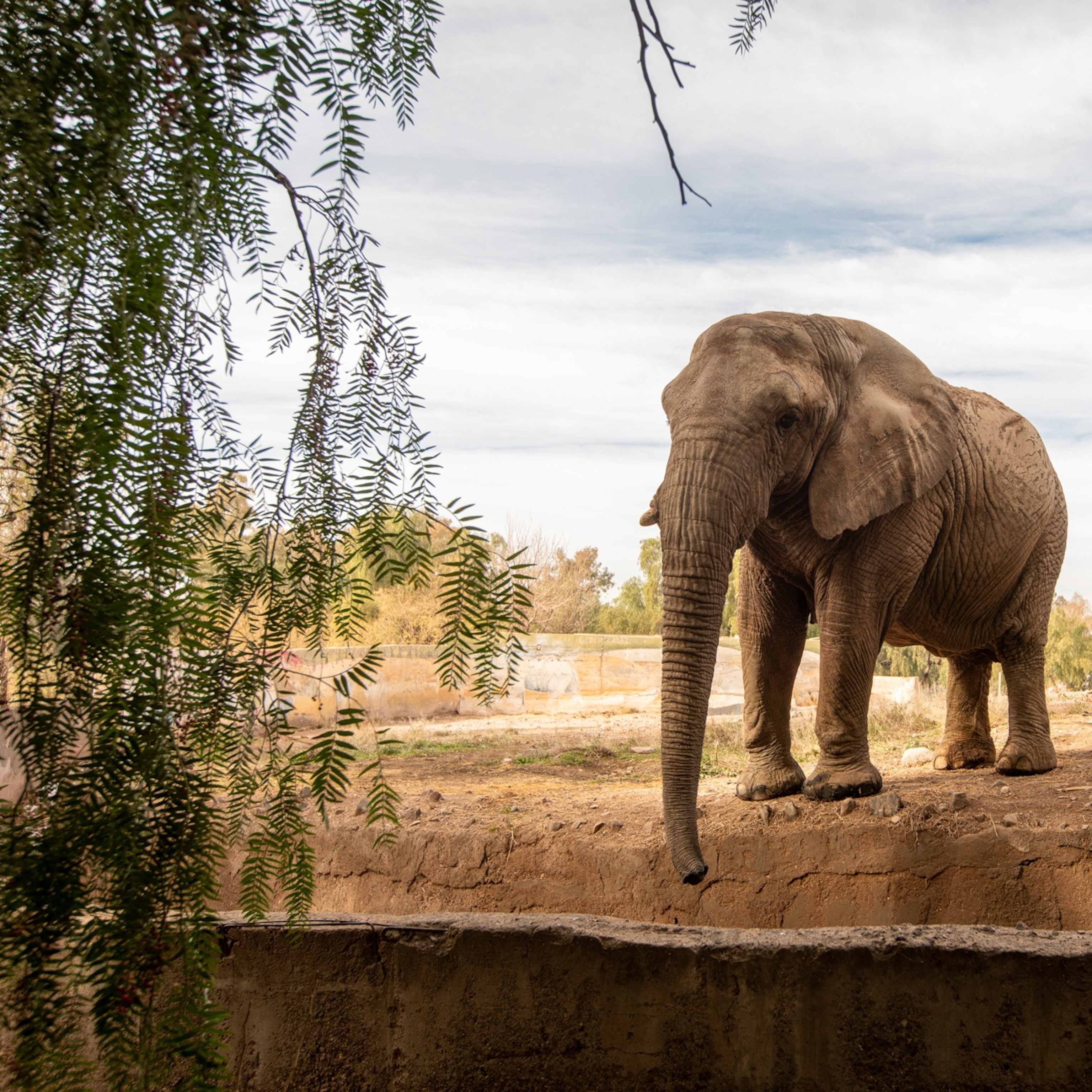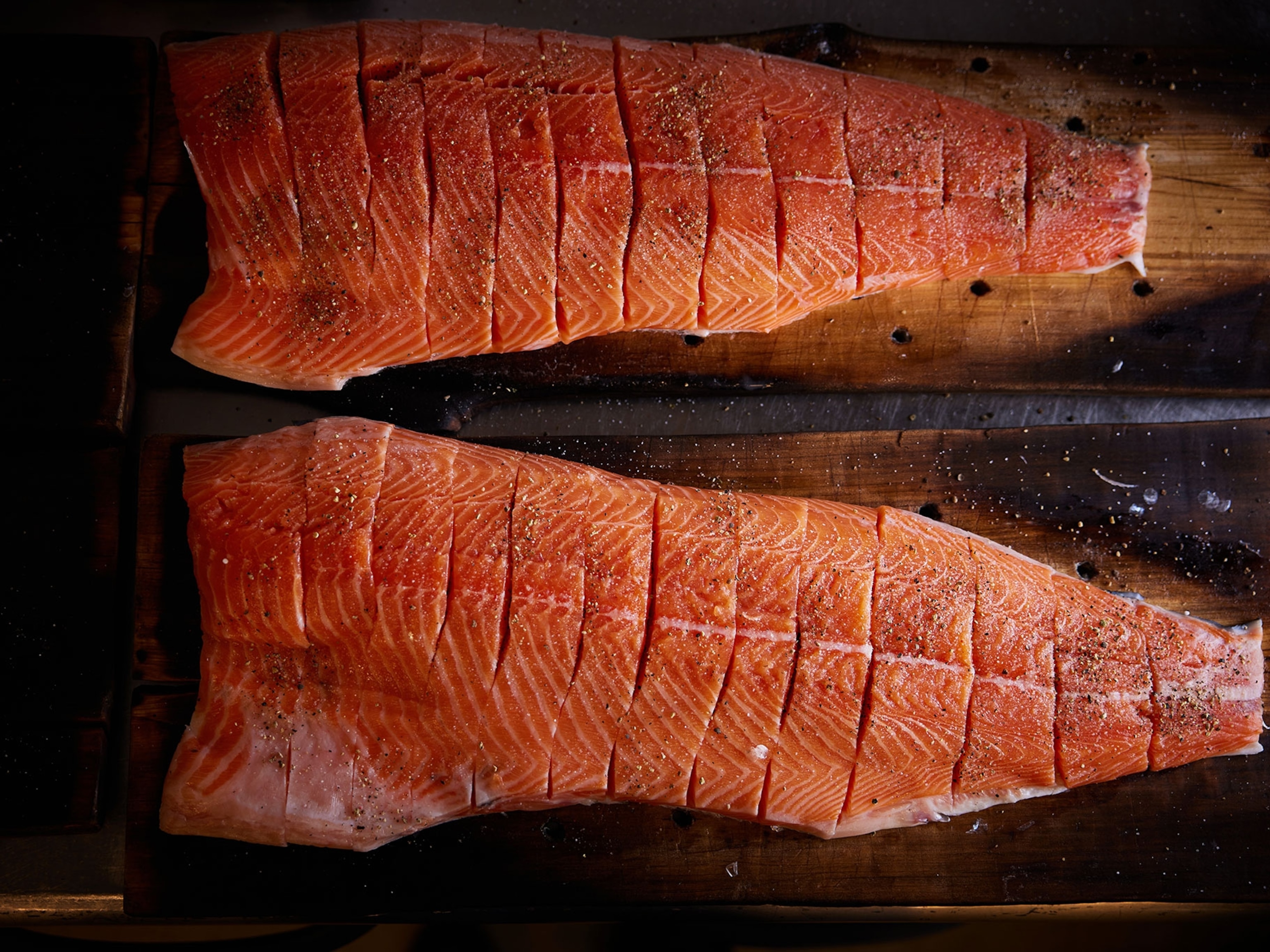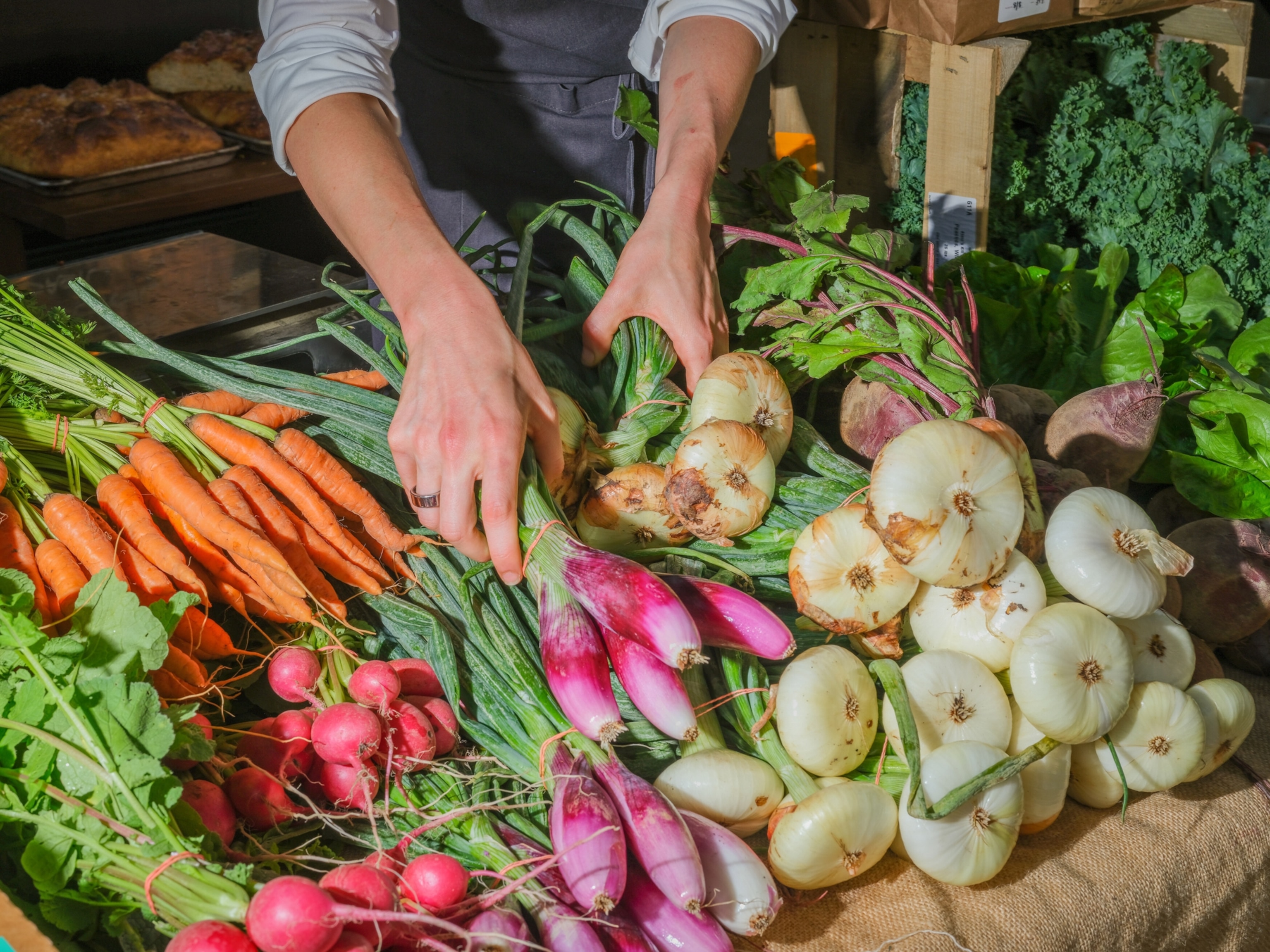
Temple Grandin, Killing Them Softly at Slaughterhouses for 30 Years
For nearly three decades, Temple Grandin has been leading the charge for animal welfare reform in the cattle industry from the inside out. I wanted to know exactly how she did it, and why she kept going in a world that didn’t always appreciate her. This is part one of a two-part look at the state of farm animal welfare.
First of all, there’s no reason to tippy toe around it: Burger and steak are made of cow. More likely, they are made of steer, because males are expendable (sorry, guys.) And that steer was alive for two years. During its lifetime, it met cowboys, ranchers, veterinarians, truck drivers, health inspectors, and in its final minutes, a person working at a slaughterhouse.
Karmically, a beef steer leads a strange existence. Is it a bad one? Experts have looked at the philosophy behind that question
The terms “livestock industry” and “animal welfare” are strange bedfellows in a sentence. But they must be connected for grocery stores and restaurants to ethically sell beef. This is a tough reality to think about. The food industry helps people dodge through artfully presented plates of food and packaging with pictures of dewy-eyed cattle in pastoral settings. These disassociate meat from the killing moment.
And that’s OK. There are a lot of tough things to contemplate in the world. Driving my car, I often forget about the oil sands or the number of oilfield workers killed or maimed every year. My mind focuses on other things, like picking my daughter up from daycare.
In realms where people have willfully ignored tough realities (see: Guantanamo Nuevo Laredo
The Many-Edged Sword of Secret Slaughterhouse Videos
Activist groups have done society a favor by exposing cruelty on the slaughterhouse floors. But what has been the effect? One video
Slaughterhouses do not like being caught in gotcha activism. Some plant managers react with paranoia of anyone walking into their factories carrying a smartphone. In six states, they’ve lobbied to pass ag-gag laws
But conscientious meat eaters watch these videos, too. Their reaction: smash the glass and build a better, more humane slaughterhouse.
Enter Dr. Temple Grandin
“I think we can eat meat ethically,” she says, “but we’ve got to give animals a good life.”
Dr. Grandin has spent 30 years doing that by looking at the beef industry through the eyes of a cow. She lays down in muddy corrals, crawls through metal chutes, and even stands in the stun boxes where factory workers deliver their fatal blows.
She’s found a bunch of small ways that add up to a big difference in how humanely the beef industry treats cattle. Her discoveries include two inventions used in most slaughterhouses today: curved loading chutes and the center-track restrainer system.
Curved chutes fix an obvious problem. When cattle see what they’re in for, they become panicked and stressed. They ram into each other, try to spin around, and slip to the ground, injuring themselves. Grandin realized that curved chutes shield them from viewing what’s ahead, keeping them calm. The arched shape also plays to cattle instinct, which is to walk in a circle back to where they came.
The center-track restrainer is a conveyor belt-like piece of machinery. It works and looks like a bowling ball return system. Cattle straddle a track that lifts them up by the belly and propels them forward. It holds them steady during the final moment of slaughter, so that handlers can stun cattle with maximum effectiveness—a crucial moment of animal welfare, because nothing’s worse than a botched attempt to kill an animal.
The idea of “animal welfare” is so polarized that if you say it around most cattlemen, they’ll show you the door. But mention Grandin’s name, and they’ll probably show you one of the many books and textbooks she’s written about “humane livestock handling”—that term sits better on cattlemen’s tongues. Grandin’s books are taught in college classrooms across the country, and students who sign up for her animal handling course at Colorado State get the content direct from the source. It lays the foundation for future cattle professionals who will hold the industry accountable to the standard of the Humane Slaughter Act
If her career seems unorthodox, it is. Grandin has the aura of a contemporary Laura Ingalls Wilder, dressed in embroidered Western shirts, neckerchiefs, and boots. Grandin has Asperger’s Syndrome, which she credits for her ability to think in pictures Temple Grandin

Grandin’s effect on the industry has been so complete, you would think slaughterhouses were primed for someone like her to come along. Not so. It was a battle of wills, with the stubborn Grandin running up against entrenched plant workers and factory conditions where cruelty was rampant. For a less stubborn person, it would’ve been too much.
“There a certain percentage of people who shouldn’t be handling animals,” she says. “They’re bullies and like to rough them up. They shouldn’t be there. But there’s an even bigger percentage that know what the right thing to do is, when they see it. They just need to be taught.”
McDonald’s Turns the Tide
It didn’t happen overnight. By 1997, Grandin had been working for change in the industry for twenty years. Progress was slow. Then McLibel
To refurbish its image, McDonald’s hired Grandin to devise a scoring system for slaughterhouses that produced its hamburger meat.
“With the power of a big buyer, boy, we cleaned up things,” she recalls. “We did it with maintenance of existing equipment, non-slip flooring, and lots of repairs to facilities. We changed lighting, so cattle wouldn’t be afraid of the dark. We taught workers not to leave hoses lying around or jackets hanging from fences. Those are things that scare cattle.”
Over the next three years, McDonald’s helped Grandin usher in a wave of reforms, solidifying animal welfare as a new standard on any plant wanting to sell to the restaurant giant. Grandin trained a team of auditors who traveled the U.S., measuring things like: how loud it was in the cattle pens (mooing as a measurement of stress); the percentage of animals killed in one shot; and how many times a worker uses an electric cattle prod. She saw more change in that time than in her three previous decades of work.
“Things are not perfect, but I can tell you, compared to the bad old days, there’s been light years of improvement,” she says.
Now, the resistance comes from the general public, many of whom who don’t seem open to the idea of a humane slaughterhouse.
“One of my biggest frustrations,” Dr. Grandin says, “is you go out there on the Internet and there’s all these terrible, undercover videos, and there’s not much video of things being done right.
In an effort to set the record straight, she made a video of her own
Grandin laid the groundwork for other experts to advance animal welfare beyond the factory. Tune in here tomorrow for Part Two on those who mirror her efforts on the range.
Ryan Bell is a 2015 Fulbright-National Geographic Digital Storytelling Fellow. For his project
Comrade Cowboys
, he’ll travel through Russia and Kazakhstan where American cowboys are helping build cattle ranches and report for The Plate along the way. You can follow him on
,
, and
.

